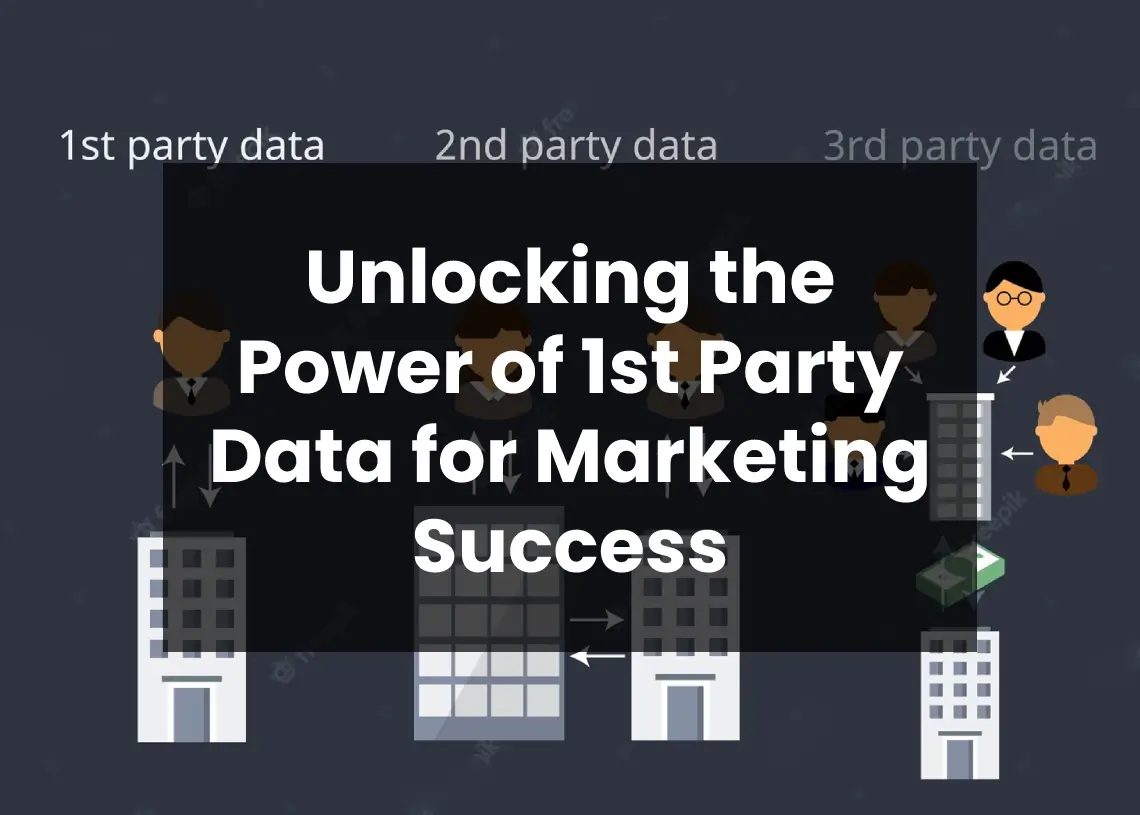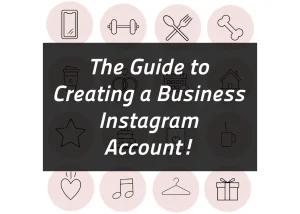In today’s digital world, data has become more important than ever. With data, marketers can make informed decisions, target the right audience and optimize their campaigns for maximum success. But not all data is created equal – and it’s important for marketers to understand the difference between 1st party data and 3rd party data. In this blog, we’ll discuss what 1st party data is, the benefits of 1st party data, how 1st party data can help with targeting and segmentation, how to collect 1st party data, strategies for leveraging 1st party data for personalization, best practices for using 1st party data, strategies for analyzing 1st party data, tools for managing 1st party data and challenges to overcome for 1st party data.
What is 1st Party Data?
1st party data is data that a company collects directly from its customers, such as website visits, purchases, customer feedback and surveys. It is generally considered to be the most valuable type of data since it is collected directly from the customer and gives companies a more detailed and accurate view of their customers’ behavior. 1st party data helps marketers understand their customers better and develop more targeted and effective marketing campaigns.
When it comes to data, 1st party data is the most valuable and most accurate. It is collected directly from the customer and helps marketers gain a better understanding of their customers and their buying behavior. In contrast, 3rd party data is data that is collected from an outside source, such as an advertising platform or a research firm.
Benefits of 1st Party Data
1st party data has several advantages over 3rd party data, including:
- Accuracy: Since 1st party data is collected directly from the customer, it is more accurate than 3rd party data.
- Insights: 1st party data provides marketers with deeper insights into their customers’ behavior, allowing them to develop more effective marketing campaigns.
- Personalization: 1st party data allows marketers to personalize their marketing messages and campaigns to specific segments of their target audience.
- Cost-effectiveness: 1st party data is usually cheaper than 3rd party data, as it does not require additional fees for access to outside data sources.
- Ownership: Companies have full ownership of their 1st party data, so they have full control over how it is used.
How 1st Party Data Can Help With Targeting & Segmentation
1st party data is highly valuable when it comes to targeting and segmentation. It helps marketers identify the right audience by providing insights into who is most interested in their products or services. By leveraging 1st party data, marketers can segment their audience based on demographic, geographic, psychographic and behavioral factors. This allows them to create highly targeted campaigns that are tailored to the needs and interests of specific segments of their target audience.
1st party data can also be used to optimize the customer journey. By understanding how customers interact with their products or services, marketers can personalize the customer experience and create campaigns that are tailored to individual customers. This helps increase customer engagement and loyalty and encourages customers to keep coming back for more.
How to Collect 1st Party Data
There are several ways to collect 1st party data. Companies can collect data directly from their customers, as well as from their web and mobile applications, customer surveys and feedback forms, and customer service interactions. Companies can also use data-collection technologies, such as cookies and web beacons, to track customer behavior on their websites and mobile applications.
It is important to note that companies must comply with data privacy laws and regulations when collecting data. Companies must ensure that they have the right to collect data from their customers and that they are using data ethically and responsibly.
Leveraging 1st Party Data for Personalization
1st party data can be used to create highly personalized marketing campaigns. By understanding the needs and interests of their customers, marketers can create campaigns that are tailored to individual customers. This helps increase customer engagement and loyalty and encourages customers to keep coming back for more.
Marketers can use 1st party data to personalize email campaigns, website experiences and product recommendations. For example, they can send personalized emails to customers based on their past purchases, or display personalized website content based on customers’ interests and preferences. They can also use 1st party data to create tailored product recommendations that are more likely to be of interest to customers.
Best Practices for Using 1st Party Data
When using 1st party data for marketing, there are several best practices to keep in mind:
- Collect data ethically and responsibly: Make sure that you are collecting data ethically and responsibly and in compliance with all applicable laws and regulations.
- Get customer consent: Make sure that you have obtained the customer’s consent before collecting and using their data.
- Use data securely: Ensure that the data you collect is stored securely and only accessed by authorized personnel.
- Be transparent: Make sure that you are transparent about the data you collect and how you use it.
- Respect customer privacy: Respect the customer’s privacy and do not use their data for any purpose other than what they have agreed to.
Strategies for Analyzing 1st Party Data
Once you have collected 1st party data, it is important to analyze it in order to gain insights into your customers’ behavior. There are several strategies that can be used to analyze 1st party data, including:
- Correlational analysis: This type of analysis looks at the relationship between different variables, such as customer demographics and purchase behavior.
- Segmentation: Segmentation is used to group customers into different segments based on their behavior.
- Predictive analytics: Predictive analytics uses data to predict future customer behavior.
- A/B testing: A/B testing is used to compare different versions of a product or campaign to determine which one is most effective.
Tools for Managing 1st Party Data
There are several tools available to help companies manage their 1st party data. These include data management platforms (DMPs), customer data platforms (CDPs) and data warehouses. DMPs and CDPs are used to collect and store data, while data warehouses are used to store large amounts of data. All of these tools can be used to manage 1st party data and ensure that it is used ethically and responsibly.
Challenges to Overcome for 1st Party Data
Although 1st party data is an invaluable asset for marketers, there are several challenges that need to be overcome in order to make the most of it. These challenges include:
- Data privacy: Companies must comply with data privacy laws and regulations when collecting and using data.
- Data security: Companies must ensure that their data is stored securely and protected from unauthorized access.
- Data quality: Companies must ensure that the data they collect is accurate and up-to-date.
- Data accuracy: Companies must ensure that the data they collect is accurate and relevant to their marketing efforts.
- Data governance: Companies must ensure that they have a clear data governance policy in place to ensure that data is used ethically and responsibly.
Conclusion
1st party data is an invaluable asset for marketers, as it provides deeper insights into their customers’ behavior and helps them create more targeted and effective marketing campaigns. Companies must collect 1st party data ethically and responsibly and use data-collection tools to manage and analyze it. By leveraging 1st party data for marketing success, companies can gain a competitive edge in the market and maximize their ROI.
Using 1st party data for marketing success can be a challenge, but with the right strategies and tools, companies can unlock the power of 1st party data and gain a better understanding of their customers. By leveraging 1st party data, companies can create more personalized marketing campaigns and optimize their customer experience for maximum success.




